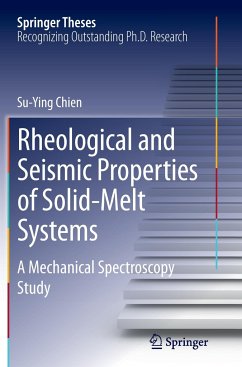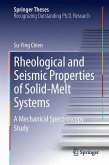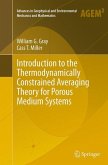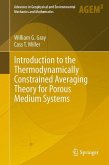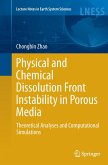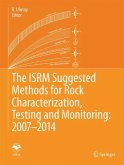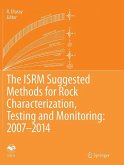Our understanding of the rheological and seismic properties of the Earth's interior relies on interpreting geophysical observations using mineral physics data. The complexity of natural materials complicates these interpretations, but here the key features of such materials in controlling the attenuation of seismic waves are determined by a set of careful experiments. This thesis clearly explains how dynamic mechanical spectroscopy has been used to determine the visco-elastic properties of igneous and sedimentary rocks containing geological fluids. These experiments highlight, for the first time, the importance of mineral and rock microstructures as controls on geophysical properties of solids, particularly near the melting point. The results have impacts in areas ranging from volcanic processes, through the structure of the deep Earth, to fluid-saturated porous media.
Bitte wählen Sie Ihr Anliegen aus.
Rechnungen
Retourenschein anfordern
Bestellstatus
Storno

